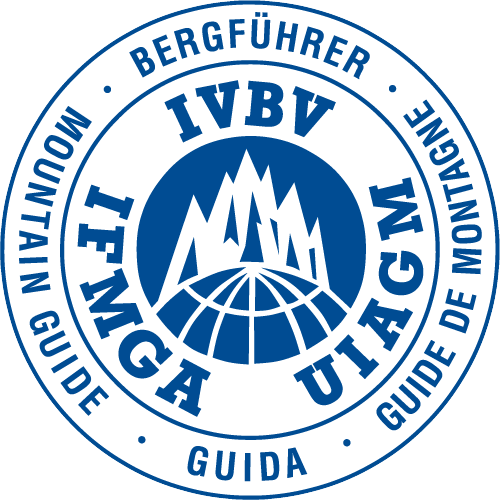

Nepal offers trekking opportunities throughout the year, with each season showcasing its unique appeal. The most popular time for trekking in Nepal is from September to November and March to May when the weather is optimal. Nepal experiences four distinct seasons, each providing a different experience for trekkers.
Autumn (September to November)
Autumn is widely regarded as the best season for trekking in Nepal, offering ideal weather conditions and breathtaking mountain views. The temperature during this period is moderate, making it perfect for all kinds of treks, from moderate to challenging. The skies are typically clear, providing spectacular panoramic views of the Himalayas. While there may occasionally be short storms that bring snow to higher altitudes, this season remains the most popular for trekking due to its comfortable climate and unparalleled scenery.
Winter (December to February)
Winter brings colder temperatures, especially at higher elevations, where snowfall is common. Treks during this season are generally confined to lower elevations, where the weather remains milder. Despite the colder conditions, winter trekking offers a quieter and more serene experience, with stunning landscapes and crisp, clear skies. Trekkers who venture out during this season will be rewarded with peaceful trails and remarkable scenery, particularly in lower altitude regions.
Spring (March to May)
Spring is a season of vibrant colors in Nepal, with blooming wildflowers, especially rhododendrons, adorning the hillsides above 3,000 meters. This season is ideal for nature lovers, as the hills come alive with lush greenery and vivid blossoms. The weather is mildly warm at lower elevations, while higher altitudes (above 4,000 meters) offer excellent mountain views. Spring is another popular time for trekking, as the temperatures are moderate and the clear skies provide stunning vistas of the Himalayan peaks.
Summer (June to August)
Summer in Nepal is characterized by the monsoon, which brings heavy rainfall to most parts of the country, making trekking conditions challenging. However, several regions lie in the rain shadow of the Himalayas, such as Mustang and Tibet, where the arid climate makes trekking feasible and enjoyable during this season. The Annapurna region in north-central Nepal also receives less rainfall, compared to other areas, offering suitable conditions for short, low-altitude treks. Summer trekking gives a distinct advantage: fewer crowds, allowing trekkers to enjoy the tranquility of the mountains and villages in solitude.
With its diverse climate and terrain, Nepal offers a range of trekking experiences year-round. Whether you seek the vibrant colors of spring, the crisp air of autumn, the peaceful serenity of winter, or the quieter trails of summer, there is always something remarkable to discover in the Himalayas.